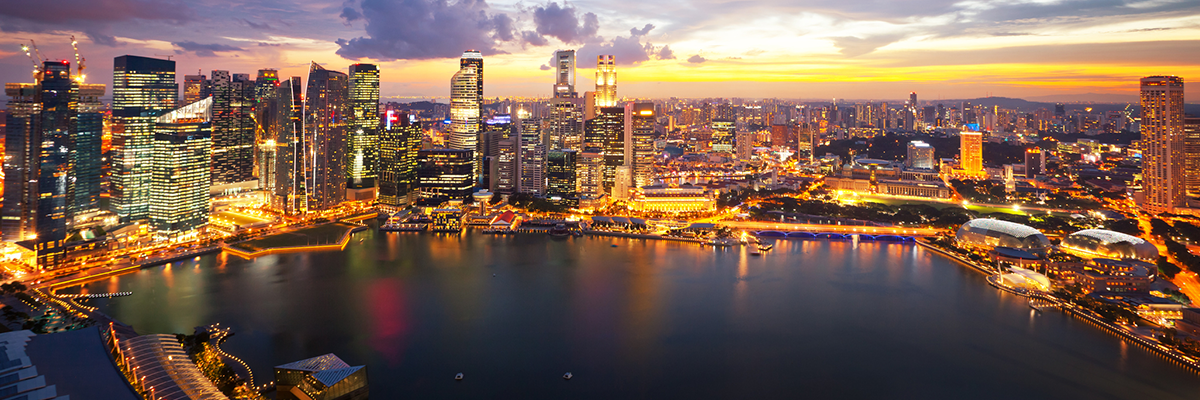Destination

CORONAVIRUS UPDATE
The Conference Organisers are carefully monitoring and assessing the development and potential impact of the Novel Coronavirus on the 8th Family Law & Children’s Rights Conference 2020 to be held in Singapore from 19-22 July 2020.
We wish to reassure all attendees that health and safety is our paramount concern and priority.
In the event that the conference is cancelled due to public health risks around the Coronavirus, registered attendees will be notified immediately and receive a full refund of their registration fees.
Attendees are recommended to take the necessary precautions before travelling and rely on their individual travel insurance where applicable.
For updates, please refer here:
- Visit Singapore website: https://www.visitsingapore.com/en_au/about-singapore/traveller-information/novel-coronavirus-pneumonia-advisory/
- Ministry of Health: https://www.moh.gov.sg/2019-ncov-wuhan
Singapore, an island city-state off southern Malaysia, is a global financial centre with a tropical climate and multicultural population.
